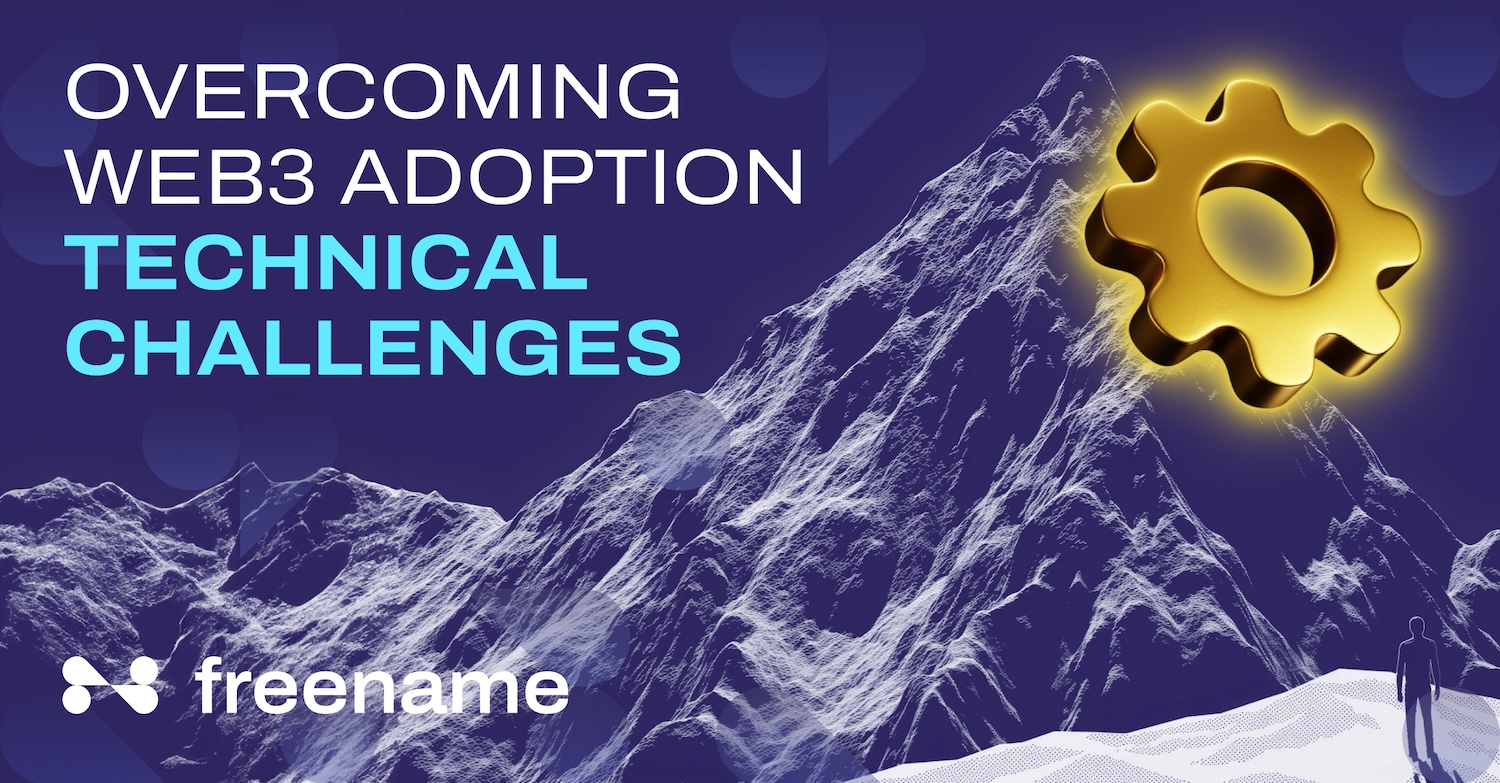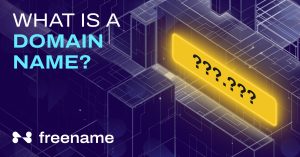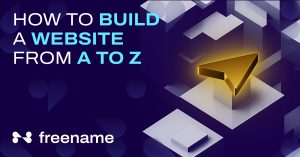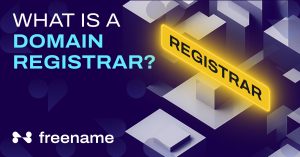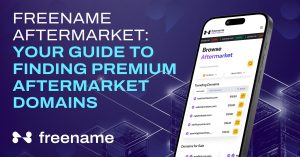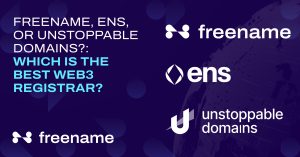Despite the rise and shine of Web3, the path to widespread adoption of a decentralized web is filled with numerous technical hurdles. While the core principles of Web3 including data tokenization are undeniably innovative, translating them into a user-friendly and scalable reality requires overcoming technical barriers ranging from limitations in the immaturity of blockchain technology – specifically in scalability and user experience to potential security vulnerabilities and the need for clear regulatory frameworks.
In this guide, we explore the major challenges in Web3 adoption. Recognizing these obstacles is essential for tapping into Web3’s full potential and shaping a more democratic online world.
What Are the Main Technical Challenges of Web3 Adoption?
Even with all of Web3’s massive prospects, the adoption of a decentralized web still faces significant challenges. It is quite glaring that decentralized technologies are yet to fulfill the initial hype surrounding their potential impact on the internet.
Lack of Awareness and Understanding
For many users, Web3 technologies like blockchain, cryptocurrency, and decentralized finance (DeFi) are unfamiliar. This knowledge gap creates a barrier for potential users and investors, causing a stumbling block to Web3’s adoption.
Security Concerns
Decentralized systems are not entirely invulnerable to security attacks. There is still the chance that funds or digital assets could be lost to hacking attacks on blockchain platforms and vulnerabilities in smart contracts.
User Experience
Web3 technologies can seem complex and less user-friendly compared to mainstream web applications. This is because navigating through decentralized platforms, managing digital wallets, and understanding blockchain concepts can be daunting for new users.
Scalability
Blockchain technology, which is the backbone of Web3, currently faces scalability limitations. Its current capacity is incapable of handling the vast amount of data and transactions required for a globally decentralized web. This can then lead to slow processing times and high fees, which would discourage Web3’s adoption.
Gas Fees and Transaction Costs
Exorbitant gas fees can discourage users from interacting with decentralized applications (dApps) on a regular basis. This has been a major complaint of users. High gas fees create a barrier to entry, making Web3 technologies less accessible to users with limited resources, going against the core principles of Web3 which is to enable inclusivity and democracy. Not to mention that unpredictable and high gas fees can lead to a frustrating user experience as users would be hesitant to interact with dApps or complete transactions for fear of incurring unexpected fees.
Developer Onboarding
Web3 development requires understanding complex concepts like blockchain technology, cryptography, and smart contracts, which can be intimidating for developers with traditional web development experience. With the ever-evolving nature of Web3 development, the lack of standardization can cause confusion for developers starting out with a variety of tools and frameworks from different blockchains.
Coupled with all this, there is a shortage of quality resources with well-structured educational materials and tutorials specifically designed for Web3 development.
Interoperability Challenges
Interoperability refers to the ability of different blockchain networks and Web3 applications to communicate and interact with each other seamlessly. Similar to having different embassies belonging to different countries can all speak the same language and understand each other’s laws.
Currently, many blockchains operate in isolation, thereby limiting the functionality of Web3 applications and hindering the growth of the decentralized web as a whole. Interoperability allows users and applications to move data and assets between different blockchains, thereby creating a more cohesive and integrated ecosystem, and promoting the adoption of Web3.
The Freename Web3 DNS system is a decentralized domain name management that revolutionizes how we navigate the internet. Unlike traditional systems, no single entity controls the DNS infrastructure, ensuring secure and transparent domain resolution with blockchain technology. For the first time, seamlessly access Web3 domains using popular Web2 browsers like Safari, Chrome, and Opera without additional tools. Setting up is simple with Web3 Surfers, requiring only a few clicks. Plus, enjoy universal compatibility across various Web3 platforms, offering a smooth browsing experience for all. Experience the future of the internet with Freename Web3 DNS, where everyone can explore a decentralized online world. (Click here to get more info about why do we need the domain name system (dns)?
Energy Consumption and Environmental Safety
The Proof-of-Work (PoW) consensus mechanism, used by some popular blockchains like Bitcoin, requires vast amounts of computational power. This translates to high energy consumption, raising concerns about the environmental impact of Web3. Also, the increasing use of specialized hardware for mining cryptocurrency and running blockchain nodes can lead to a rise in electronic waste (e-waste) if not properly disposed of or recycled.
And while alternative, more sustainable consensus mechanisms like Proof-of-Stake (PoS) are emerging, they haven’t yet been widely adopted across all blockchains.
Regulatory Challenges
Governments and regulatory bodies are still struggling with how to regulate a decentralized web. Uncertainties regarding legal structures and potential tax implications can cause hesitation among businesses and individuals looking to fully embrace Web3.
What Are The Consequences Of Web3’s Adoption Challenges?
The challenges facing Web3 adoption can have several consequences that will affect both users and the overall development of the decentralized web. Some of these consequences include:
For Users
- Limited Accessibility: High gas fees, complex interfaces, and a lack of user-friendly tools can create barriers to entry for many users. This can lead to a situation where Web3 remains accessible only to a tech-savvy minority, hindering its potential for widespread adoption and inclusivity.
- Security Risks: A lack of understanding of security best practices and vulnerabilities in smart contracts can expose users to scams, hacks, and loss of funds. This can therefore reduce trust in Web3 and discourage potential users from participating.
- Limited Functionality: Scalability limitations and interoperability issues can restrict the functionality and usability of Web3 applications. Users might encounter slow transaction times, limited features, and difficulty in interacting with applications across different blockchains.
For the Web3 Ecosystem
- Repressed Innovation: A shortage of developers and the complexity of building dApps can slow down innovation within the Web3 space, which could then limit the development of new and exciting applications that could unlock the full potential of a decentralized web.
- Centralization Worry: If major corporations and institutions find ways to exert control over aspects of Web3, it could lead to a situation where decentralization becomes near impossible. This would undermine the core principles of Web3 and potentially recreate the power structures of the current web.
- Regulatory Fears: Uncertainties surrounding regulations can create a hesitant environment for businesses and individuals looking to engage with Web3. Governments concerned about energy consumption and e-waste may introduce stricter regulations on cryptocurrency mining and Web3 activities. This can hinder growth, negatively affecting the mainstream adoption of decentralized technologies.
- Public Backlash: Increased public awareness of the environmental impact of Web3 can lead to negative public perception and pushback against its adoption. This could hinder mainstream acceptance and investment.
Can Web3 Adoption Challenges Be Turned Into Opportunities?
Although Web3’s adoption currently faces challenges, these very challenges could be transformed into opportunities for innovation and positive change. By addressing these challenges head-on, we can not only overcome them, but also lay the foundation for a more secure, equitable and user-focused online experience.
Overcoming the technical challenges hindering Web3’s adoption would require deliberate effort from stakeholders across the tech ecosystem.
Educational Campaigns and Awareness Programs
The limited understanding of Web3 technologies create a unique opportunity for education and outreach initiatives. This can involve creating user-friendly resources, educational programs, and fostering responsive online communities to spread knowledge about Web3. Increasing transparency about the environmental impact of Web3 and educating users about sustainable alternatives can also help build trust and encourage responsible participation.
User Experience (UX)
The complexity of current Web3 applications creates an opportunity to design more intuitive and user-friendly interfaces. This could involve simplifying wallet management, improving onboarding processes, and making dApps more accessible to the average user.
Scalability
The limitations of current blockchain technologies in handling large volumes of transactions present an opportunity to develop more scalable solutions like Layer 2 scaling or alternative consensus mechanisms. This could lead to a more efficient and user-centric Web3 experience.
Security Concerns
Security vulnerabilities highlight the need for extensive security measures and user education. This can lead to the development of more secure smart contracts, improved auditing practices, and a more security-conscious Web3 ecosystem.
Regulation
The lack of clear regulations present an opportunity to establish a framework that breeds innovation while protecting the users. Collaboration between governments, regulators, and the Web3 community can lead to a balanced approach that promotes responsible growth and a greener future of Web3.
Interoperability Challenges
The fragmented nature of blockchains can be seen as an opportunity to propose interoperability standards which could lead to a more unified Web3 ecosystem. Users and applications would be able to interact seamlessly across different blockchain platforms, fostering collaborative progress. With this, developers can then create applications that leverage the strengths of different blockchains, possibly unlocking the full potential of a decentralized web.
Developer Onboarding
The shortage of Web3 developers creates an opportunity to invest in education, develop standardized tools, and foster a supportive developer community. This can potentially attract new talent and accelerate development and progress within the Web3 space.
Gas Fees
High gas fees have fueled the rise of alternative blockchains with lower gas fees, such as Solana or Avalanche. Encouraging the use of alternative blockchains fosters competition which ultimately benefits users with more cost-effective options. Concurrently, the high cost of gas fees incentivizes the development of tools and strategies for optimizing transaction fees. This could involve batching transactions, using alternative blockchains for specific tasks, or employing more efficient smart contract code.
Sustainability
Encouraging developers to actively explore ways to make Web3 more environmentally friendly through research into more energy-efficient consensus mechanisms and finding ways to leverage renewable energy sources for blockchain operations can improve Web3’s adoption prospects.
How Can Users Make the Most of Web3?
For excited users looking to explore the opportunities presented by Web3 technologies, you must first:
Educate Yourself
One popular phrase amongst crypto enthusiasts and the Web3 community is Do Your Own Research (DYOR). Knowledge is power. Take advantage of the increasing pool of educational resources like online tutorials, articles, and courses to understand core Web3 technologies and concepts like decentralization, blockchain, smart contracts, etc. This will equip you to make informed decisions and participate safely in Web3 activities.
Start Small and Explore
It is important to try not to feel pressured into jumping on complex DeFi protocols or investing large sums of money. Begin by exploring user-friendly Web3 applications like NFT marketplaces or play-to-earn games. This would allow you to build experience and grow your confidence in the Web3 space.
Prioritize Security
Your security and that of your funds and assets are your number one priority. Be cautious of scams and phishing attempts. Always double-check website addresses, never share your private keys, and only interact with reputable dApps and projects. Utilize hardware wallets for extra security when storing your crypto assets.
Learn Patience
Knowing that Web3 is still under development, it is important to embrace the learning curve while being patient with occasional glitches or limitations. Advocate for user-friendly interfaces, best security practices, and environmentally sustainable solutions within the Web3 community.
Own your piece of the future
Our initiatives at Freename are making it easier for users to access the decentralized web. We’re committed to reducing these obstacles through our educational resources and user-focused services, ensuring that Web3 adoption becomes a smoother process. At Freename, we specialize in Web3 domains and top-level domains (TLDs), enabling everyone to engage actively in the future of the web.
Our Web3 domains put you in the driver’s seat. Built on blockchain technology, they guarantee complete ownership of your digital identity and provide access to a range of Web3 utilities, such as effortless internet navigation, secure Web3 email functionality, and simple logins to decentralized applications.

